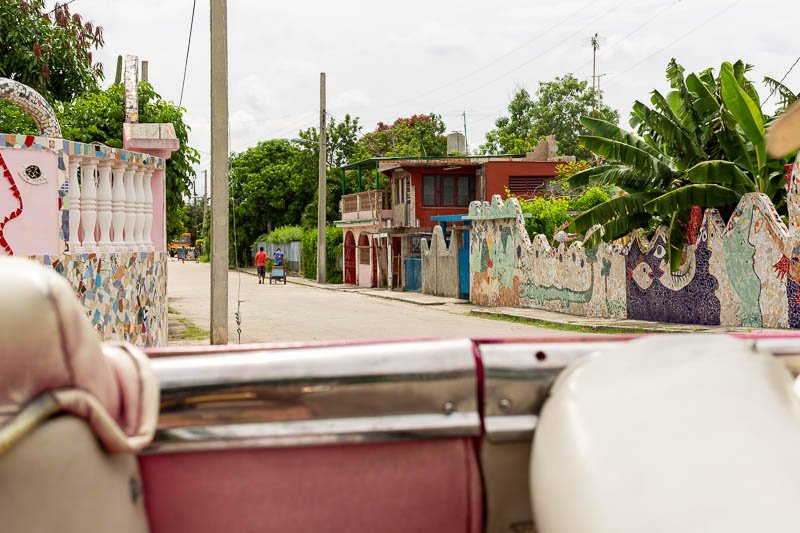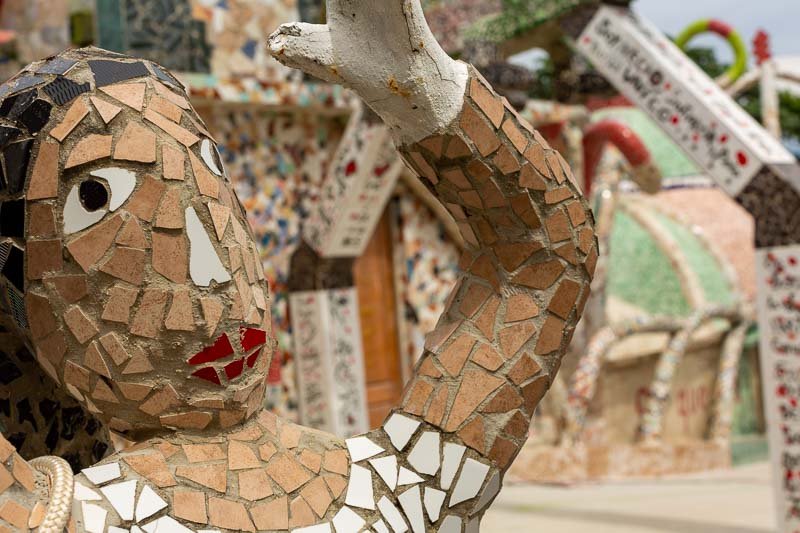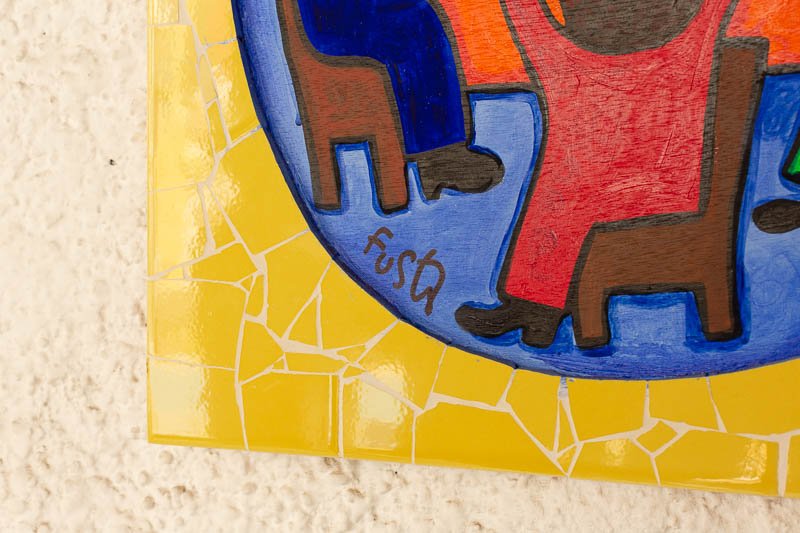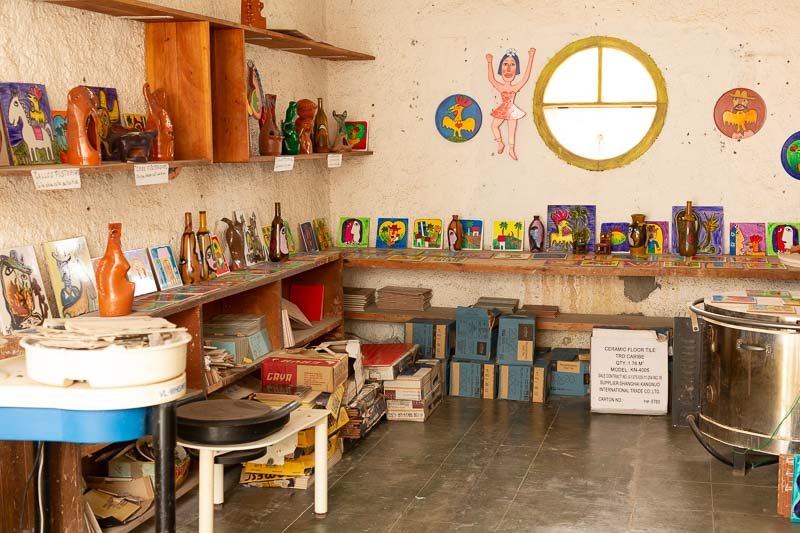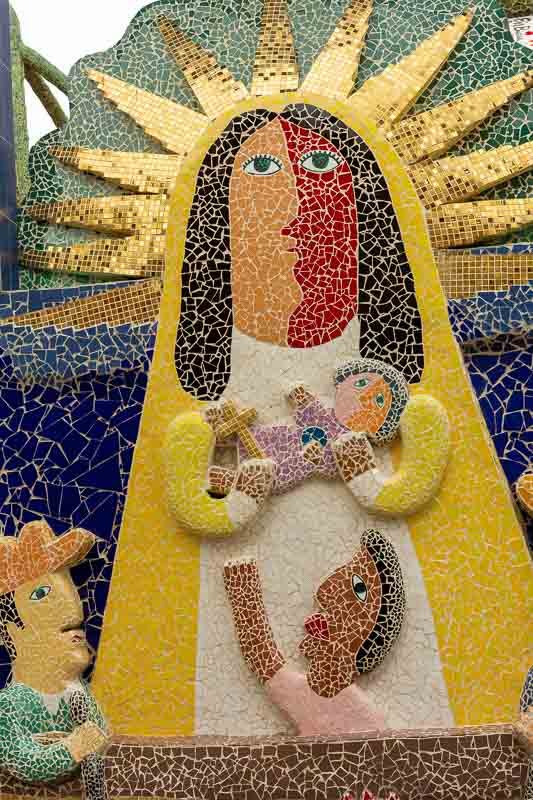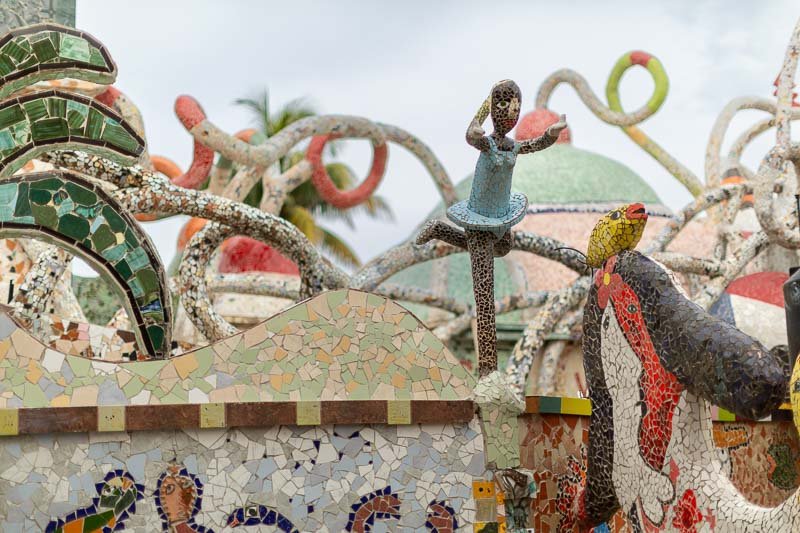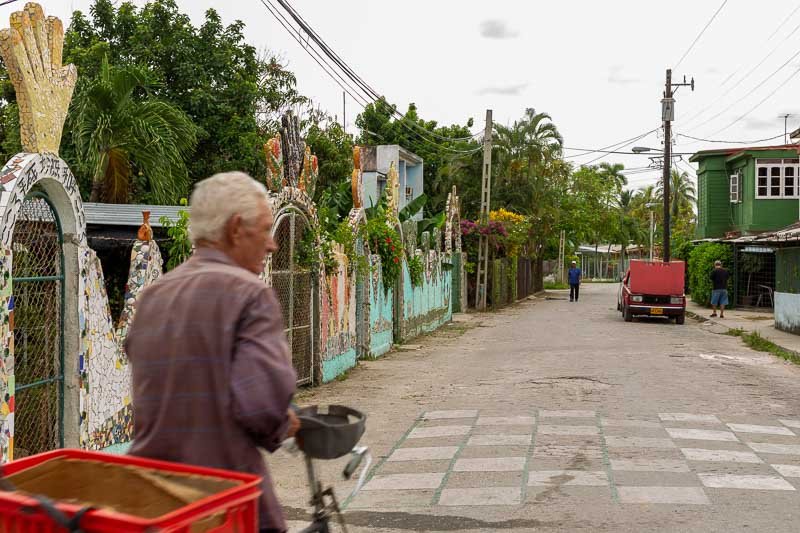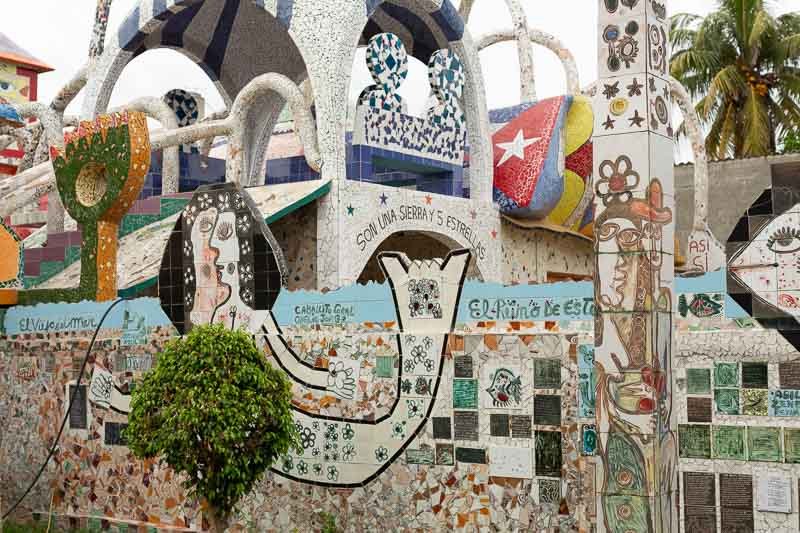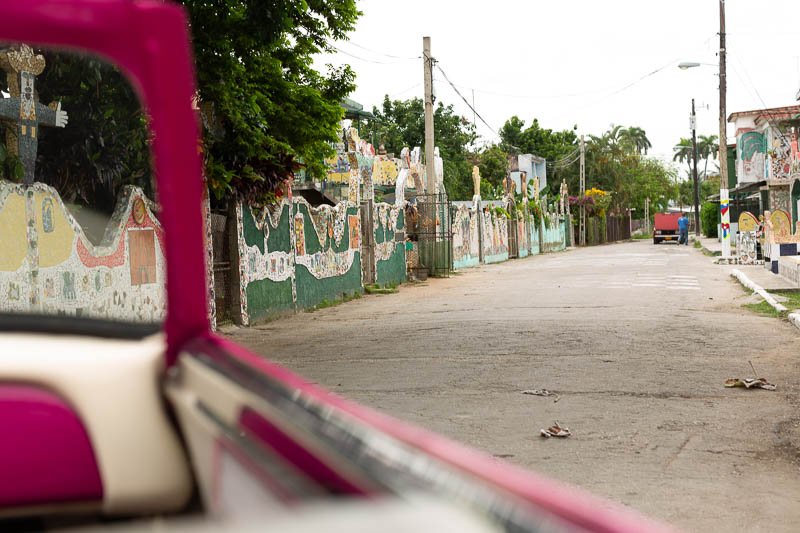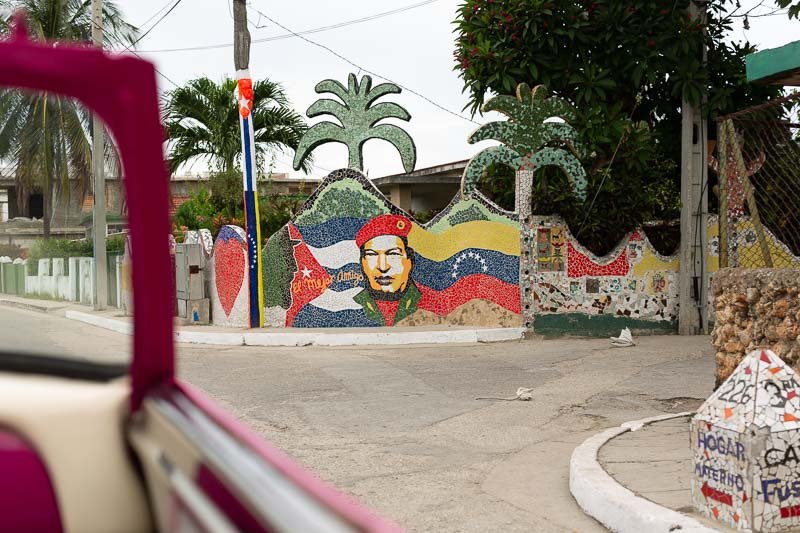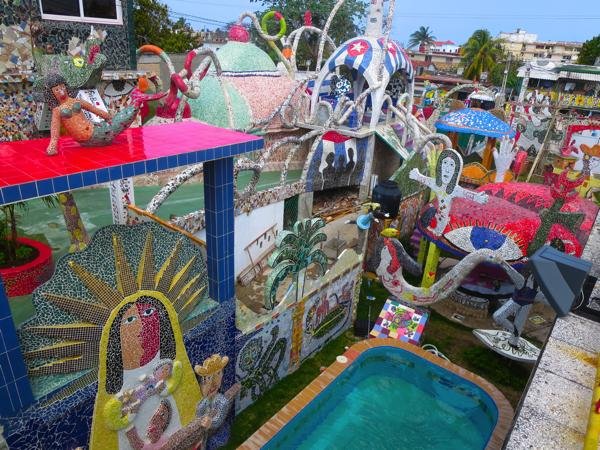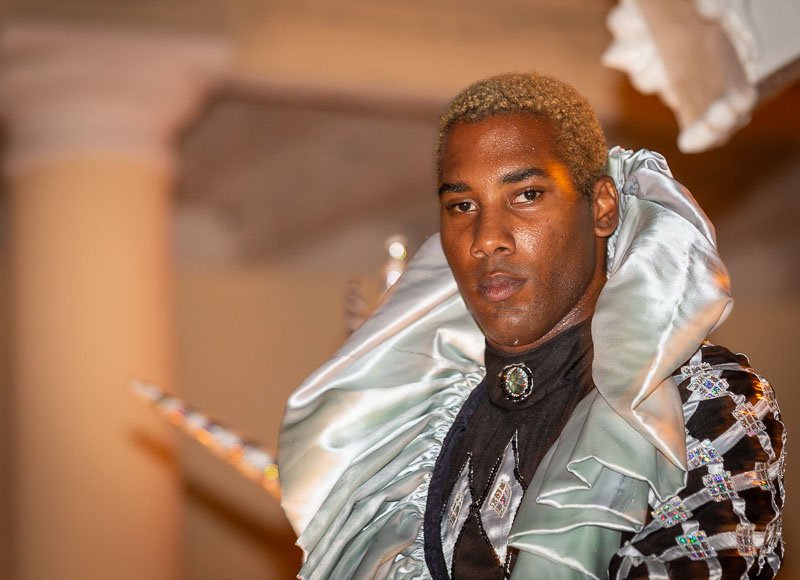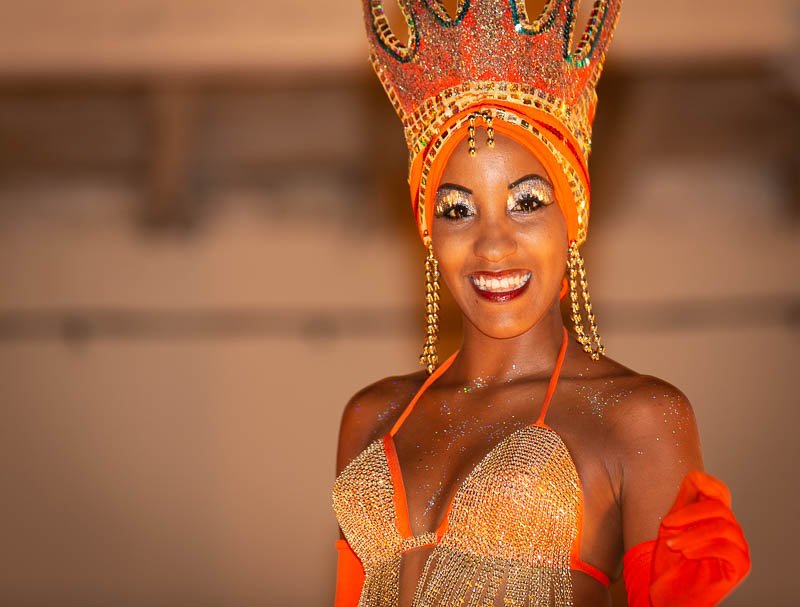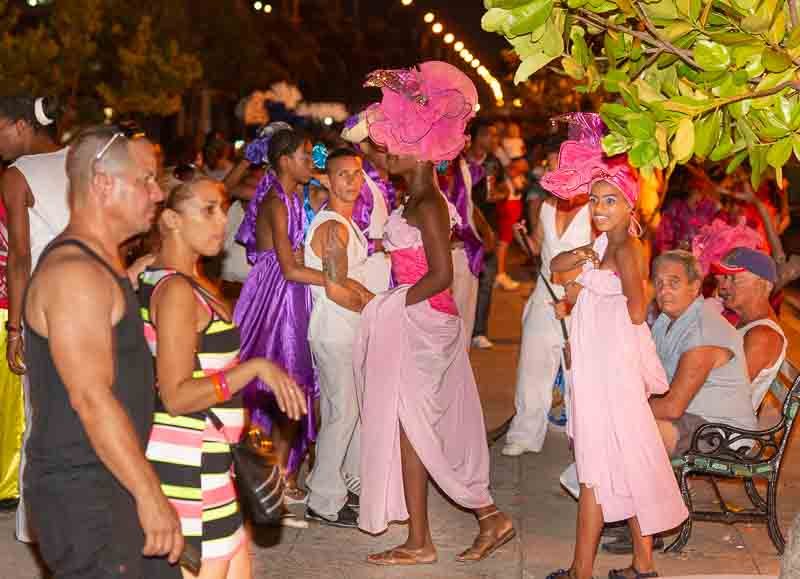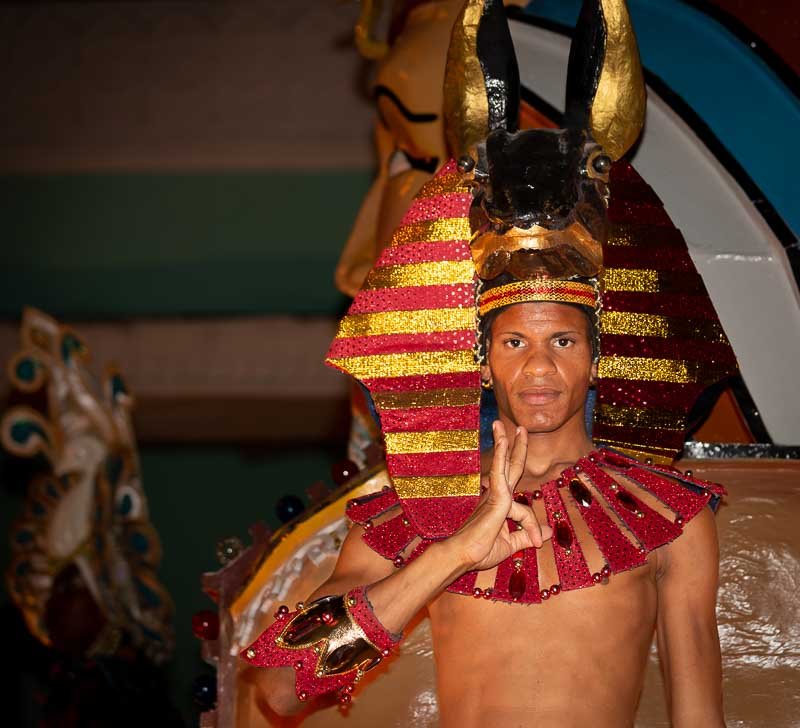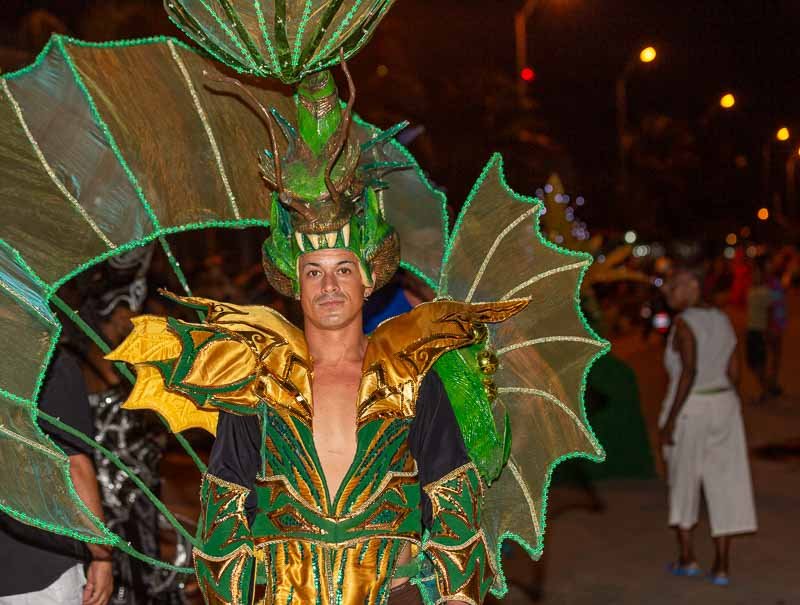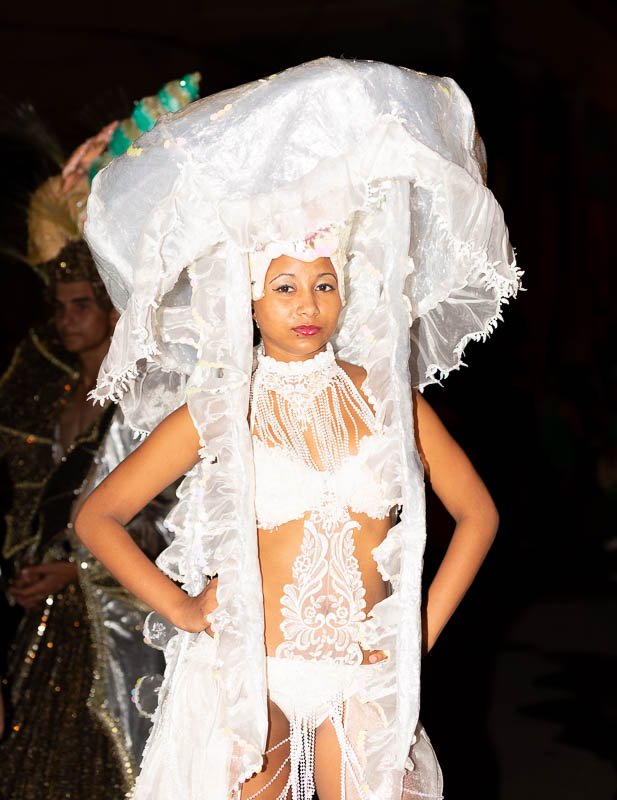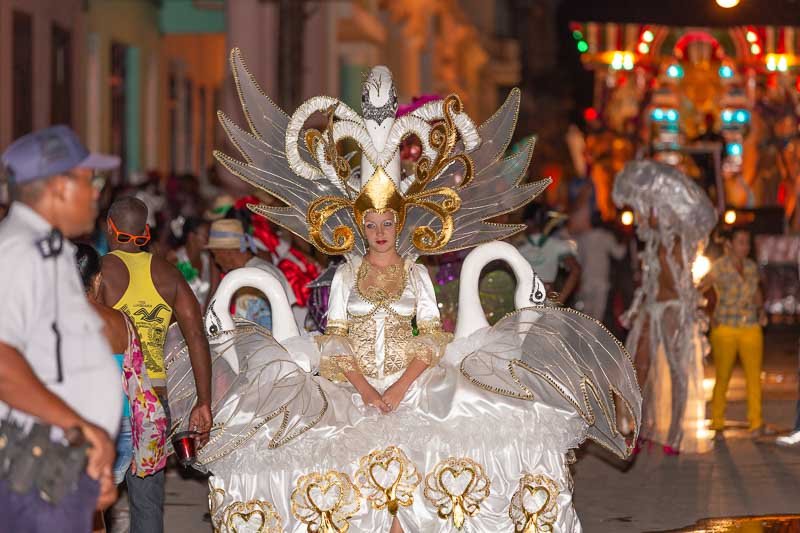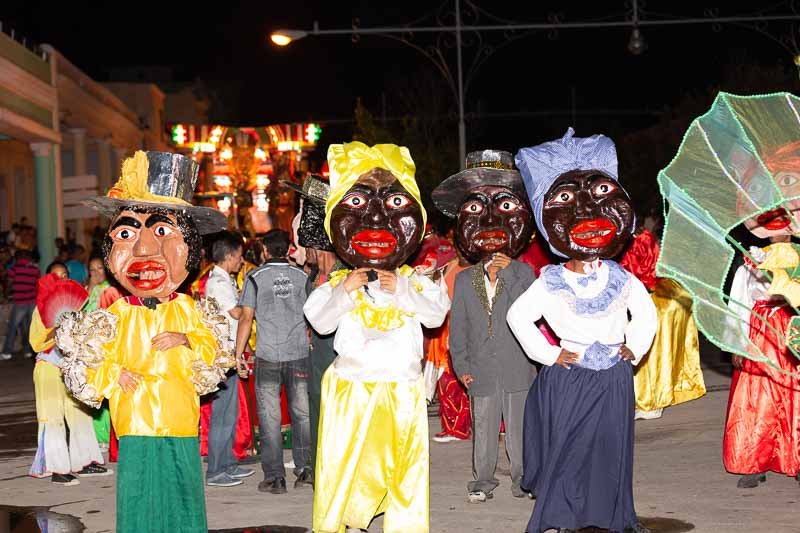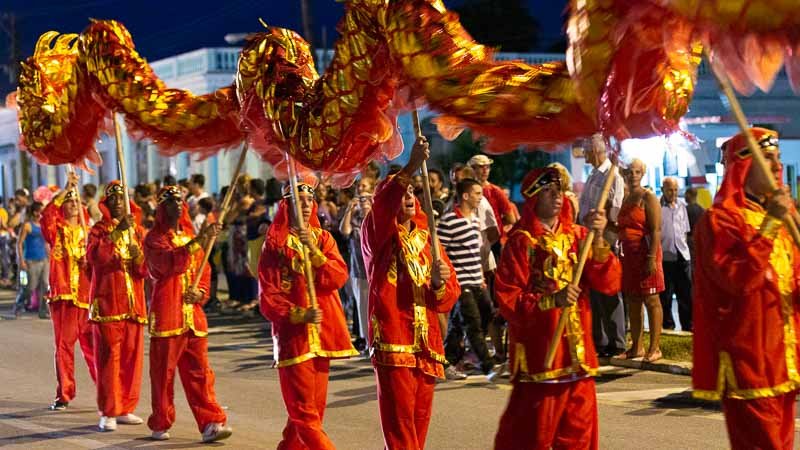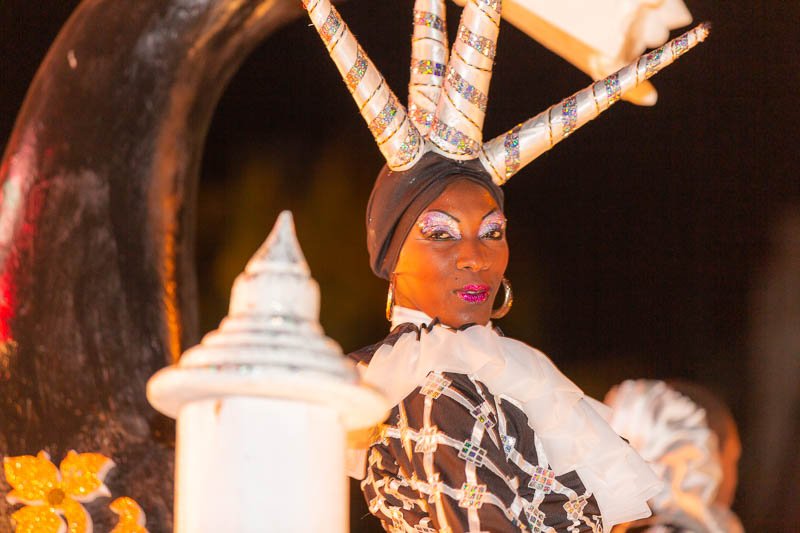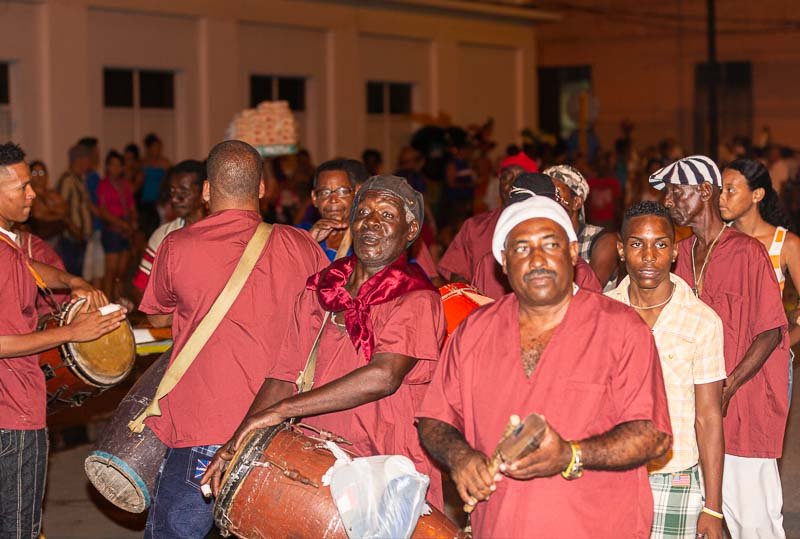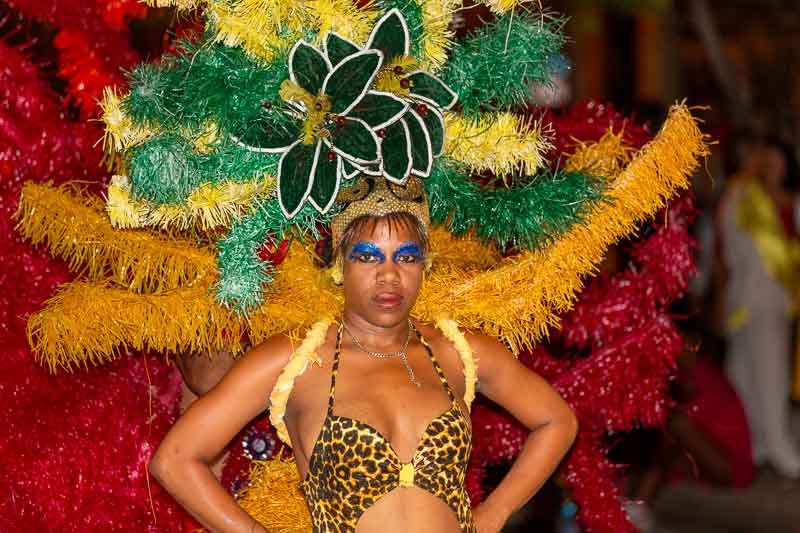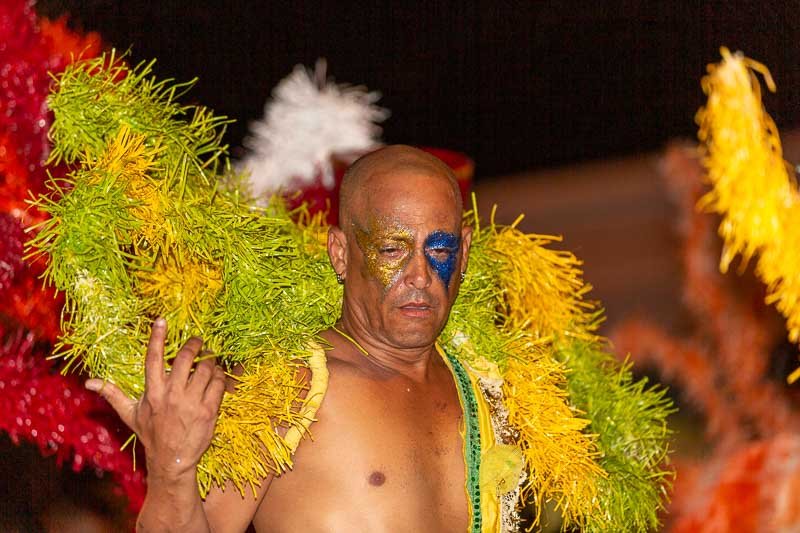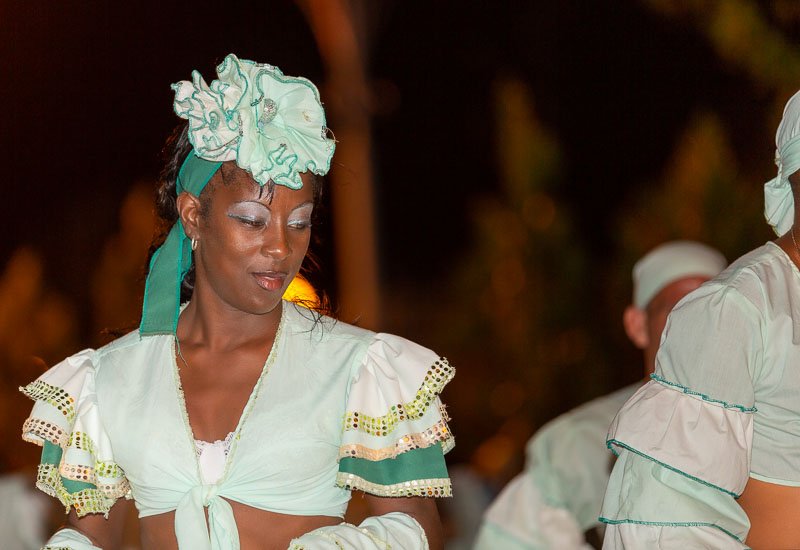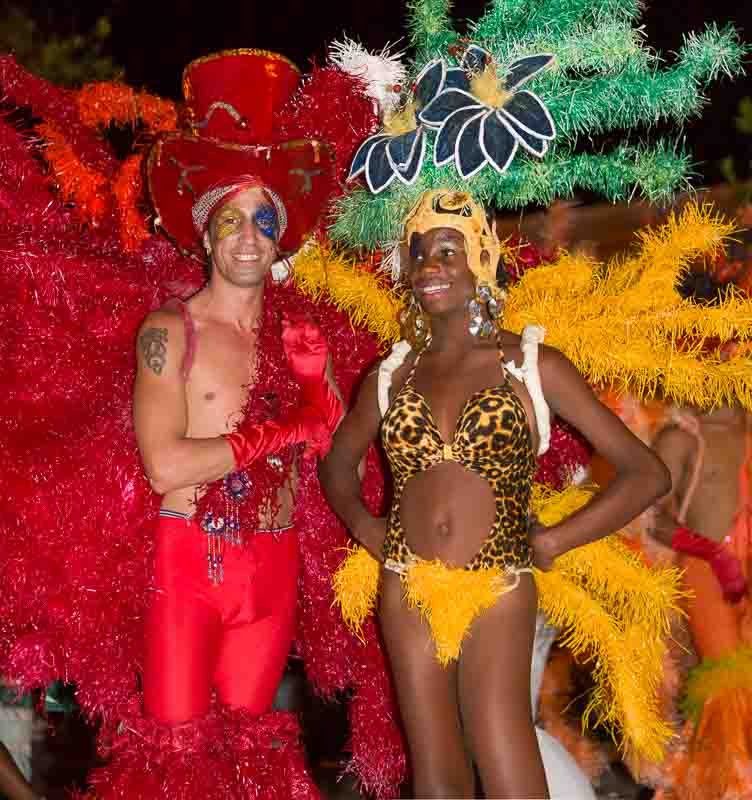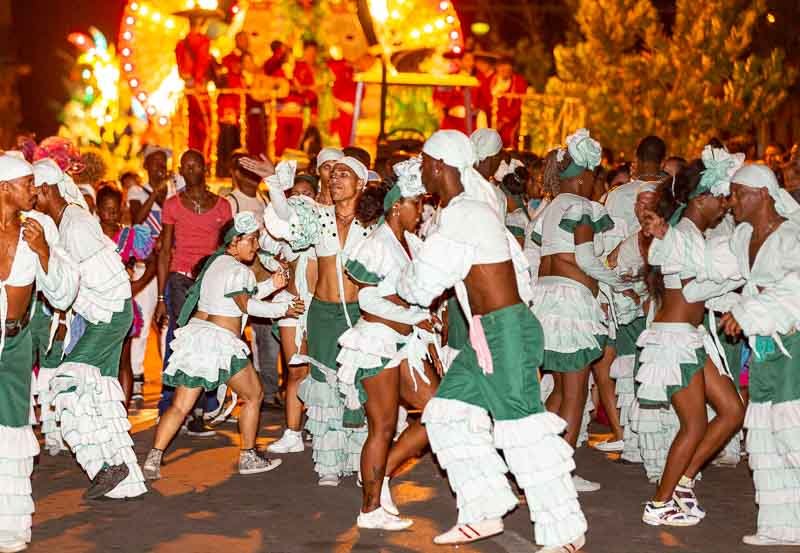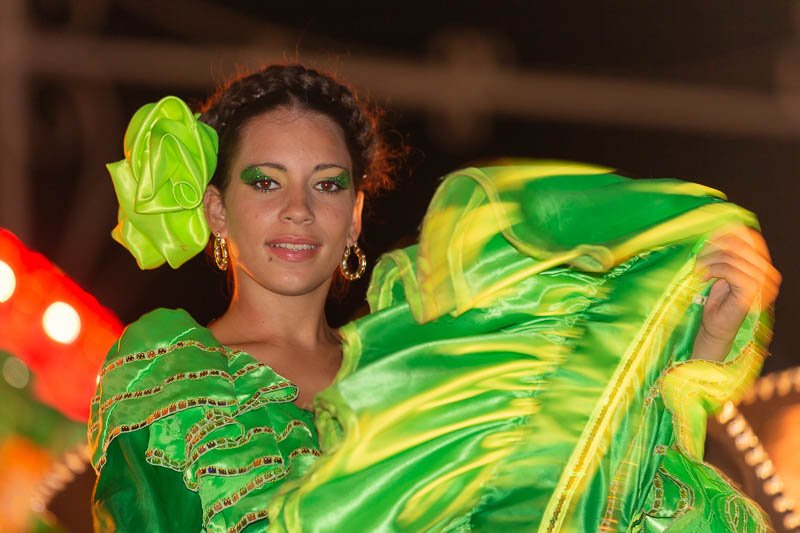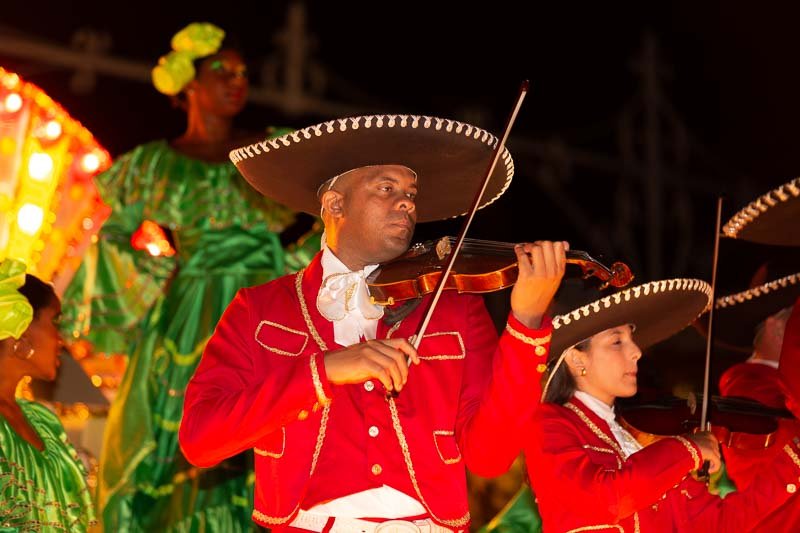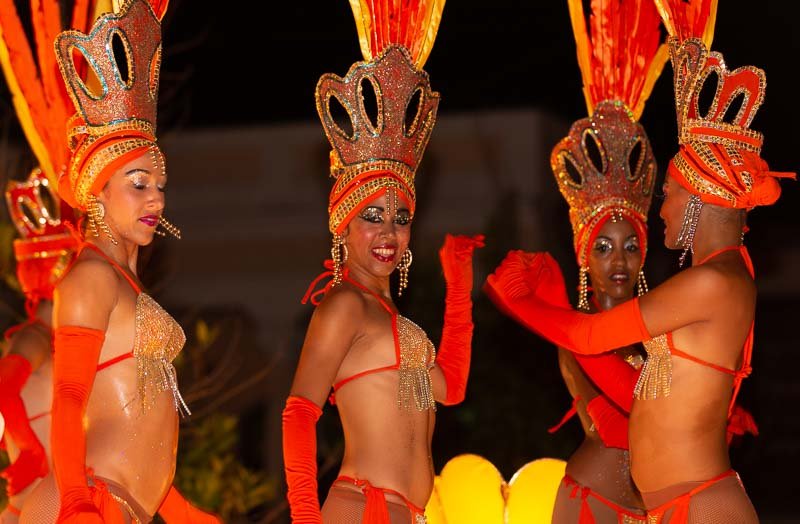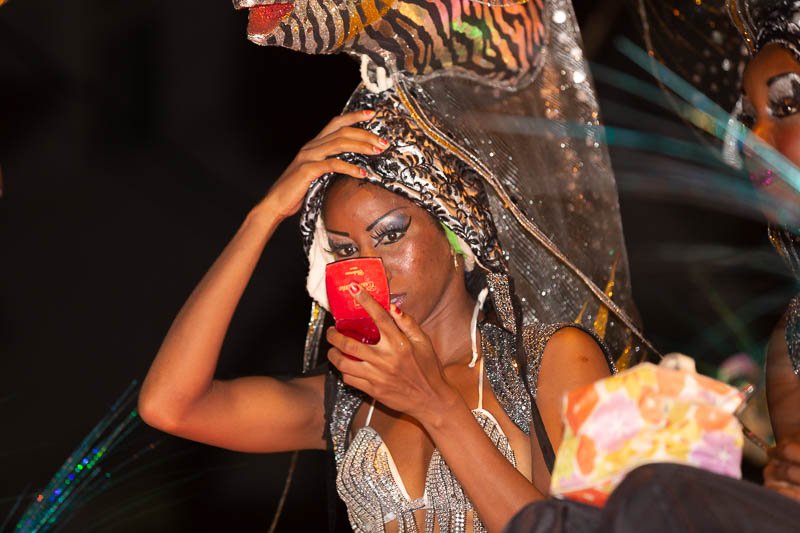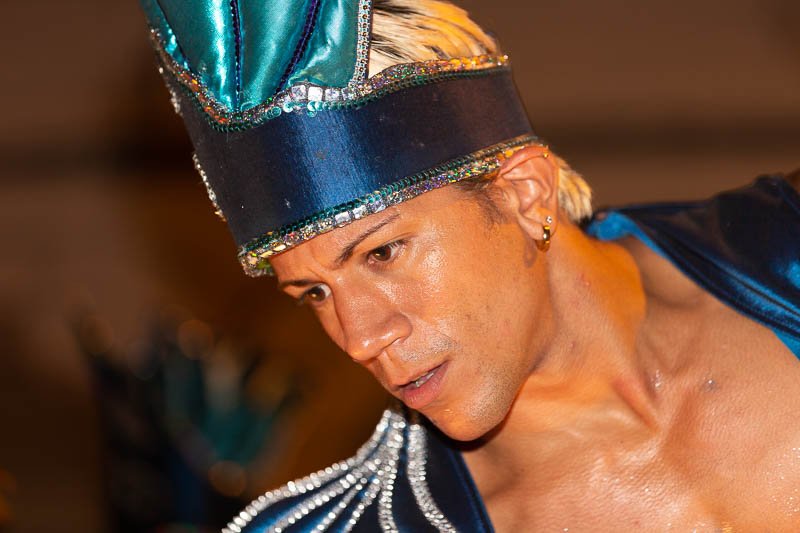Cuba
Yearning to capture and document the culture, people, and scenery of Cuba, my travels eventually had to take me there.
Kurt traveled to Cuba to take photographs of the people, landscapes, and traditions of the country. He visited many of the major cities and towns, capturing the culture and lifestyle of the Cuban people. He also visited the many natural wonders of the island, including the pristine beaches, verdant jungles, and winding rivers. He documented ancient churches and colonial architecture, as well as the traditional music and dance of the island nation. Through his photos, he hoped to share the beauty, culture, and history of Cuba with the world.
At the outset, it is essential to consider the interplay between an individual and their cultural identity. This relationship has significant implications for how one perceives themselves and the world around them. From the start of this brief documentation, I want to focus on the individuals…
The people of Cuba are proud of their culture and history. They are resilient and strong and have a natural beauty that radiates through in photos. They are also incredibly friendly and welcoming, which makes them easy to photograph.
Cuba men and their cigars.
Cuban cigars are renowned for their quality and flavor. In addition, they have a long and rich history in Cuba, making them a source of pride and a symbol of the nation’s culture.
This is why many Cuban men enjoy smoking them: not only do they enjoy the taste, but they also feel that they’re participating in a centuries-old tradition that’s unique to their homeland.
Cuban cigars are widely considered to be some of the best cigars in the world. Due to their exceptional quality, this cigars have become incredibly popular and sought after by cigar aficionados worldwide. As such, Cuban cigars play an integral role in the global cigar market, representing a significant portion of the world's cigar sales.
When beginning to work with Cuban currency, it was a challenge for me. Initially, it felt overwhelming and intimidating.
Cubans face an unusual financial reality, with two currencies at play.
The two-currency system in Cuba is an economic system that uses two currencies simultaneously for the same purpose. Under this system, the Cuban Convertible Peso (CUC) is used for buying everyday goods and services, such as food and clothing, while the Cuban Peso (CUP) is used for payments to government employees and subsidized goods from state-run stores.
The two-currency system was adopted in Cuba in 2004, when the government introduced the CUC to curb the devaluation of its national currency, the CUP. The CUC is pegged to the U.S. dollar at a rate of 1:1, and is primarily used by tourists and businesses. The CUP, meanwhile, has a much lower value and is primarily used by the Cuban population. This can be particularly challenging when it comes to tourists tipping in CUCs, as their tips are worth significantly more than what locals earn. It's a humorous example of how different the economic realities of Cuba can be for locals and visitors alike.
The two-currency system has had mixed effects on the Cuban economy. On one hand, it has helped reduce inflation and allowed the government to maintain its fixed currency exchange rate.4
When beginning to work with Cuban currency, it was a challenge for me. Initially, it felt overwhelming and intimidating.
This is Jose Fuster a Cuban artist, sculptor, ceramist, painter and printmaker.
He is well-known for creating brightly-colored, mosaic-covered artworks inspired by his hometown of Jaimanitas, Cuba. Fuster has created the "Fusterlandia" project to transform his neighborhood into an open-air art gallery. His work has been exhibited internationally, and he has won numerous awards for his art.
It was my great privilege to be introduced to him and have him show me around.
Cuba’s prople are proud of their culture and heritage, and they express this pride by decorating their buildings, streets and other public spaces with bright, vibrant colours.
The moment my feet touched Cuban soil, I was captivated by the vibrant hues of the locals and their environment. My camera was my constant companion and I wasn't about to be slowed down.
In August, Cuba becomes even more colorful thanks to its carnivals.
CIENFUEGOS CARNIVALS
The Cienfuegos Carnivals, held in August every year, is one of the most popular and vibrant festivals in Cuba. It is a celebration of the city’s rich history, vibrant culture and its people's passion for music and dance.
The festivities begin with a grand opening ceremony that features a large parade where thousands of people take to the streets and dance the night away. The next day, the festivities continue with a spectacular fireworks show.
Throughout the Festival, locals and visitors alike enjoy a variety of traditional Cuban foods and drinks, such as fried plantains, tamales and mojitos. There are also a variety of live performances and shows, ranging from salsa to hip-hop.
During the day, the city transforms into a surreal landscape of music, art, and fun.
Cuba’s architecture is a unique blend of Spanish, African, and Caribbean influences, particularly in Havana.
One of the most iconic styles is baroque, which can be seen in many neoclassical buildings, such as the Centro Habana and El Capitolio. Other styles found in Havana include neoclassicism, art deco, art nouveau, and colonial. Many of these styles have been preserved from the colonial era, when the city was a major port. Havana also has many impressive examples of modern architecture.
Due to neglect and the rain, the condition of the general buildings in Havana is generally poor. Many of the buildings are crumbling, with cracked and peeling paint and dilapidated walls. Roofs are often missing tiles, and windows and doors may be broken or missing. In some areas, entire buildings have collapsed. The rain, in particular, has caused significant damage to many of the older buildings as the lack of upkeep has caused them to become more vulnerable to the elements.
Built in the 1950s, the Iberostar Parque Central Hotel is a stunning 5-star hotel located in the heart of Havana, Cuba. The hotel is situated in the Old Town of Havana, giving guests a unique opportunity to experience the vibrant culture and history of the city.
One of the main attractions of the Iberostar Parque Central Hotel is the luxurious accommodations. The hotel offers a variety of room types, ranging from classic to deluxe rooms with stunning views of the city to presidential suites with private terraces. Each room is equipped with modern amenities, including flat-screen TVs, complimentary Wi-Fi, and air conditioning.
The hotel also features a range of facilities and services that cater to guests' needs. Guests can take advantage of the on-site spa and fitness center, or relax in the outdoor pool surrounded by palm trees.
In the 1950s, American cars were incredibly popular in Cuba, with most of the vehicles on the island being imports from the United States.
However, the Cuban Revolution of 1959 led to a decline in the popularity and use of American cars, as Cuban citizens began to favor more affordable and locally produced vehicles.
In addition to the decline in American car ownership, the U.S. embargo on Cuba that began in 1962 made it difficult for Cuban citizens to obtain and maintain American cars, as most parts were impossible to find on the island. As a result, the number of American cars in Cuba steadily decreased over the years.
Despite this, a small number of vintage American cars still remain on the island today, mostly owned by car enthusiasts who have managed to keep them running. In Havana, it is not uncommon to see classic 1950s American cars driving around the city, providing a unique glimpse into Cuba’s past.
Many Cuban drivers appreciate the nostalgic feel of driving classic American cars, as these models often evoke memories of a time before the Cuban Revolution.
Work in progress…please come back later.









